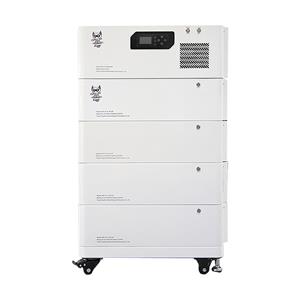Revenue sources and business models for electrochemical energy storage
In China, peak and frequency regulation ancillary services and peak-to-valley arbitrage are the main revenue channels for electrochemical energy storage, and the peak regulation market is part of the electricity ancillary services market. At present, more than 20 provinces in China have started their electricity auxiliary services market, but they are all in the early stages of market construction, and the main trading species is peak regulation, supplemented by frequency regulation in some areas. Energy storage is mainly involved in peaking auxiliary services in the northeast, Shandong and other provinces, and in frequency regulation auxiliary services in Zhejiang, Jiangsu, Shanxi, Mengxi and Ningxia. As the penetration rate of renewable energy continues to rise, the demand for auxiliary services will grow accordingly. But on the other hand, the market mechanism and policy environment supporting the efficient and reasonable application of energy storage are still lacking in many ways. At present, China's electricity market is in its infancy and the market mechanism for ancillary services is not yet mature. The response compensation obtained by high-quality regulating resources such as energy storage does not fully reflect their contribution to the electricity system, and the corresponding cost payment is not transmitted to the actual beneficiaries through the market, so that the investment cost of energy storage cannot be fully covered by profits from the ancillary services market alone.
Peak and valley electricity price differential arbitrage is the most important business model for user-side energy storage, currently mainly concentrated in Guangdong, Zhejiang, Jiangsu and other provinces, Zhejiang is a real two charge two put, to facilitate investors to better calculate revenue. If the subsequent provinces according to the corresponding policy to widen the peak and valley electricity price difference, user-side energy storage may have economic in more areas. There are currently 19 provinces and regions with a maximum peak-to-valley electricity price difference of more than 0.7 yuan/kWh, compared with the price of electricity in December 2021, there are 14 provinces with an increasing trend of electricity price difference.




